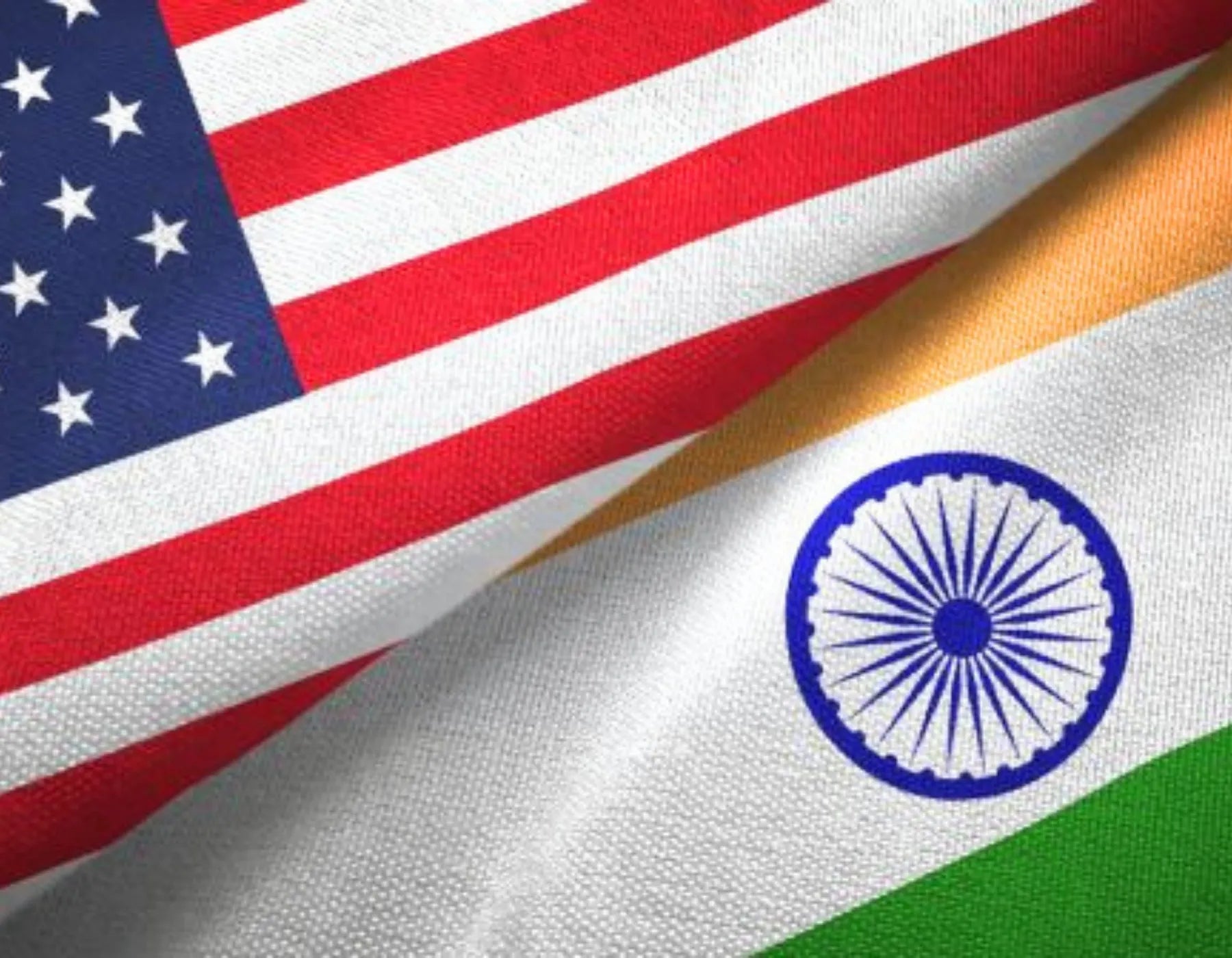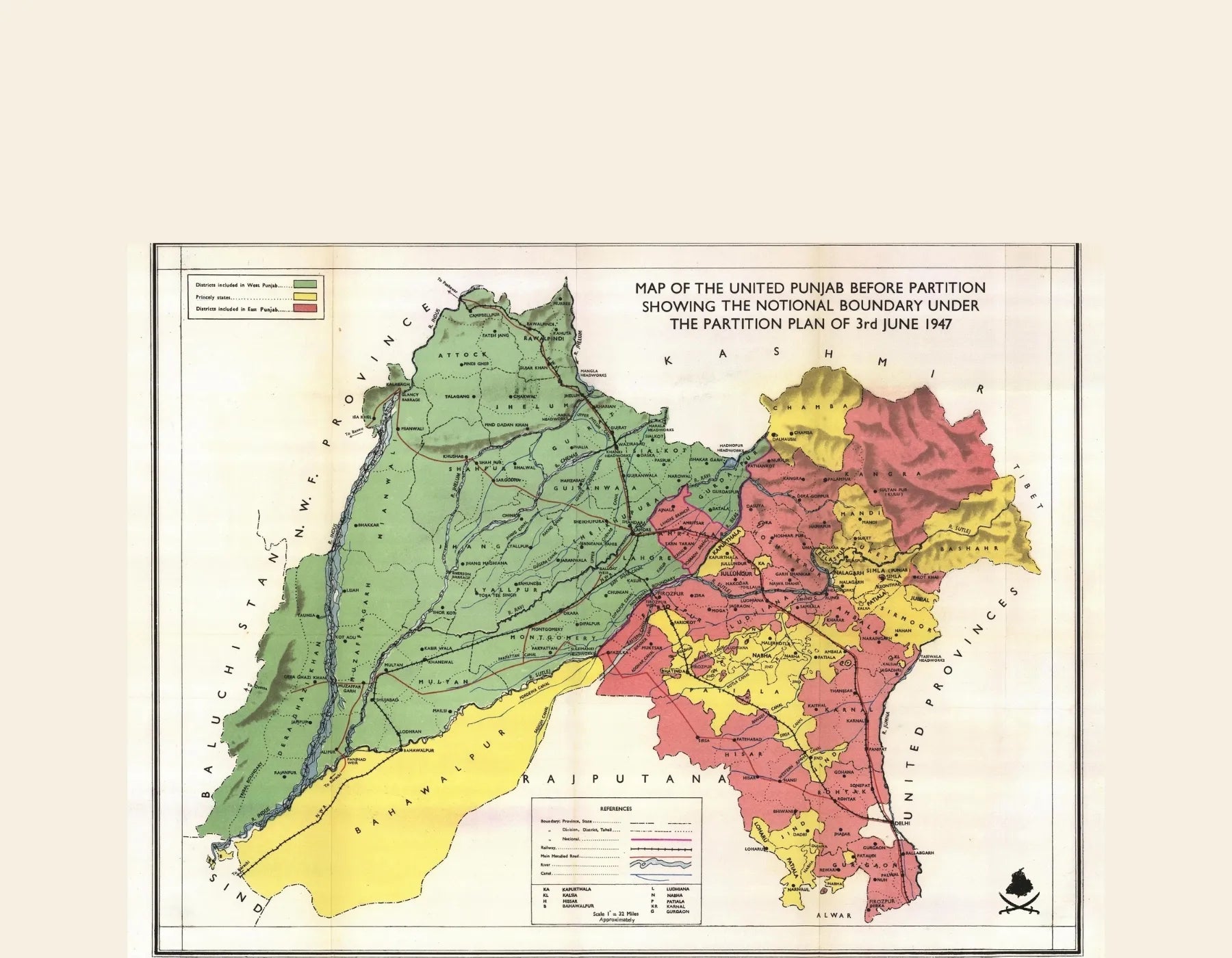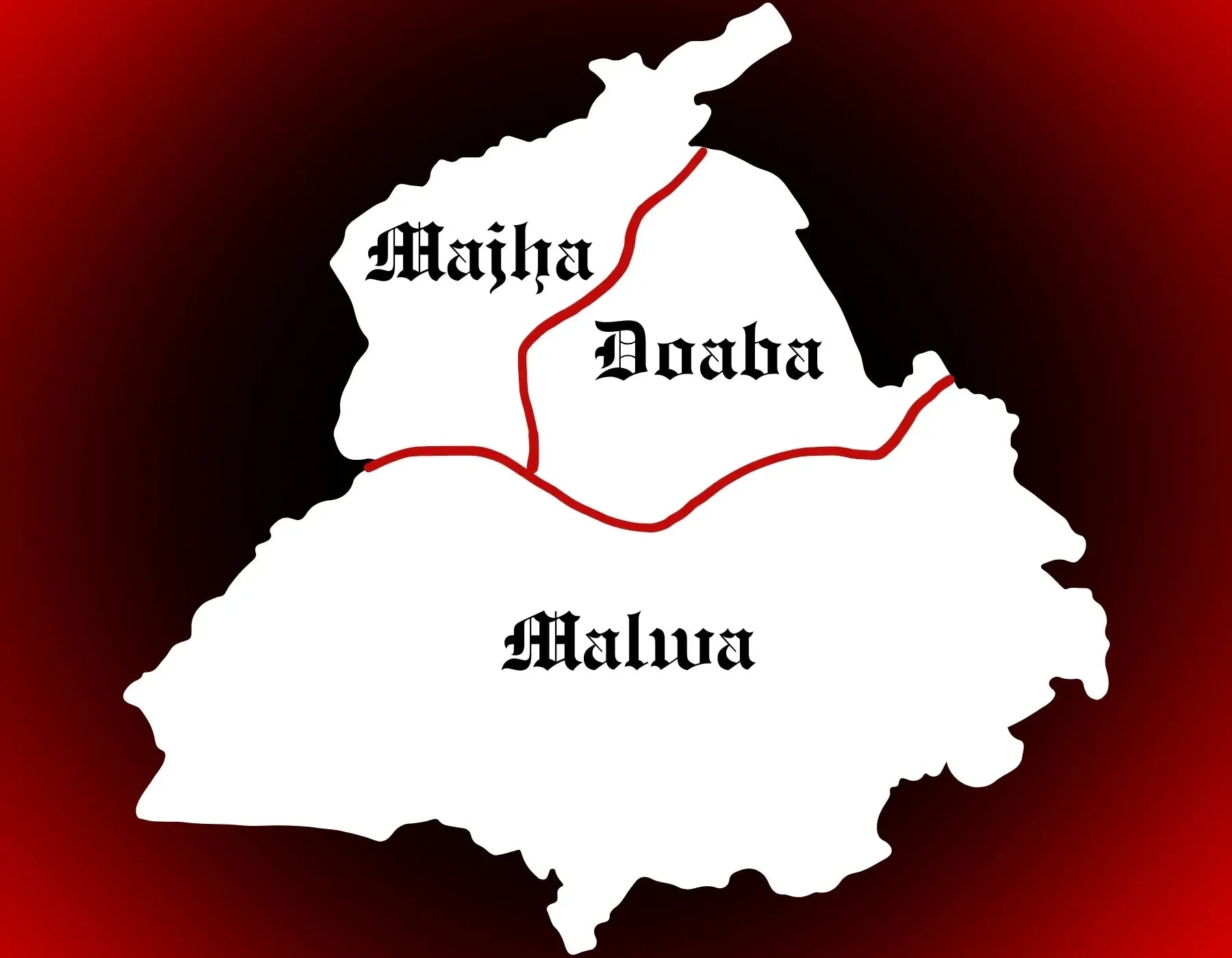
Things Only Punjabi Kids Growing Up Abroad Will Understand
Growing up Punjabi in a foreign land is a beautiful paradox. On one side is the glitz of Western culture, and on the other is the deep-rooted legacy of our Punjabi identity. For children of the diaspora, life is a delicate juggle between two worlds—filled with unique experiences, emotional crossroads, and laugh-out-loud moments that only a fellow Punjabi kid raised abroad would understand. Let’s take a deep dive into this rich, multicultural experience and explore the things that only Punjabi kids growing up outside Punjab truly get.
The Double Life: Punjabi at Home, English Outside
At home, it’s all about Punjabi culture. From speaking in fluent or broken Punjabi to watching Zee Punjabi dramas with parents, life indoors feels like living in Amritsar or Ludhiana. But step outside and you switch to English, adjust your accent, and blend into the broader Western culture.
You become a master of code-switching—"Hanji mummy, I'm going now… yes, I'll be back by 8"—before instantly turning to your friend outside and saying, "Yo, let’s bounce." That mental split becomes second nature. At times it’s confusing, but it also gives you a dual identity that’s deeply enriching.
The Food Dilemma: Butter Chicken at Home, Sandwich at School
One of the most distinct markers of growing up Punjabi abroad is food. At home, the scent of tadka, ginger, and ghee permeates the air. Your tiffin box is full of aloo parathas, sabzi, and achar, but you also know the sting of kids at school scrunching their noses and asking, "What’s that smell?"
Lunchtime was a cultural battlefield, often leading many of us to swap out rajma chawal for a ham sandwich just to fit in. Yet, as we grow older, we come to wear our food with pride—inviting friends over and blowing their minds with homemade paneer tikka and sarson da saag.

The Wardrobe Switch: Kurta Pajama to Streetwear
Weddings, pujas, and Diwali meant one thing—dressing like we were straight out of a Punjabi music video. Think bright Phulkari dupattas, jhumkas, or a well-stitched sherwani. But come Monday morning, it was back to jeans and hoodies, trying to “fit in” with everyone else.
Every Punjabi kid abroad knows the silent panic of your Western friends seeing your wedding pictures on Instagram where you're fully decked in traditional wear—and then the sense of pride when they actually admire it.

The Music Split: Drake in the Day, Diljit at Night
Growing up abroad meant vibing to pop, hip-hop, and R&B, but as soon as you got home—or got in your car alone—it was full-on Punjabi bangers. Be it Sidhu Moose Wala, Karan Aujla, or Diljit Dosanjh, their lyrics felt like a connection to our roots.
We’ve all been in that awkward moment where someone in your school asks, "What language is that song in?", and you proudly reply, "Punjabi", while silently praying they don’t Google the translation.

The Festival FOMO: Celebrating Vaisakhi Over Zoom
Living outside Punjab means missing out on the real deal during festival season. No school holidays for Lohri or Gurpurab, no massive neighborhood functions, and definitely no giddha performances in the streets.
Instead, we settled for Zoom family calls, small-scale gurudwara visits, and the occasional Instagram story to show we still care. But our parents made up for it with mithai overload and decking the whole house in lights even when the neighbors had no clue why.
Language Struggles and Pride
For many of us, Punjabi became a second or even third language. Conversations at home were a messy mix of English and Punjabi, often leading to hybrid masterpieces like: "Mummy, can you pass the roti? Also, Netflix ch ki lagaya?"
Yet despite the grammatical blunders and awkward pronunciation, there’s a certain pride that comes with speaking your mother tongue. As we grow older, we begin to reclaim our fluency, realizing that knowing Punjabi isn’t a weakness—it’s a superpower.
Cultural Conflicts: Between Tradition and Freedom
Western ideals often clashed with traditional Punjabi expectations. Things like dating, staying out late, or choosing a career outside medicine or engineering often felt like walking a tightrope.
You learned to negotiate with your parents like a lawyer—balancing their dreams with your own. While your classmates were getting their first tattoos, you were hiding yours under your sleeve at family functions hoping Biji doesn’t notice.
The Unbreakable Bond of Punjabi Family Values
No matter how far we were from Punjab, the family bond remained strong. We grew up knowing that "family isn’t just parents and siblings", but includes chachas, massis, mamas, and cousins from five different countries.
Whether it was through weekend get-togethers, WhatsApp family groups, or being dragged to someone’s roka ceremony three cities away, we understood the value of community and collective love. It was chaotic, noisy, and sometimes overwhelming—but it was always full of love.

Discovering Identity Through the Struggle
Every Punjabi kid abroad has that moment of identity crisis. Are we Western or are we Punjabi? The truth is—we're both, fully and unapologetically.
We might have grown up outside Punjab, but our hearts still beat to the rhythm of a dhol, our minds echo with the voices of our elders, and our souls find comfort in cha, stories, and sabhyachar (culture).
What makes us different is also what makes us powerful. We are bridge-builders between generations, between geographies, and between ways of life. And we wouldn’t have it any other way.
Conclusion: The Beauty of a Dual Identity
Being a Punjabi kid growing up abroad is not just about juggling two cultures—it’s about owning both of them with pride. From language to food, from music to values, we’ve carved out a unique space that’s both global and deeply desi.
So here’s to all the kids who know how to dance bhangra in a tuxedo, cook butter chicken while quoting Kendrick, and say "Sat Sri Akal" and "What’s up?" in the same breath. You are not confused—you are complete.


